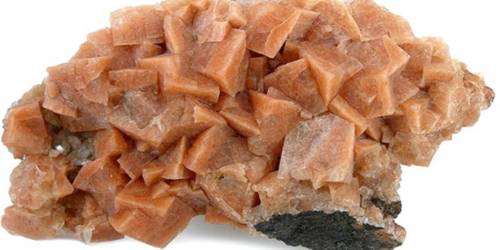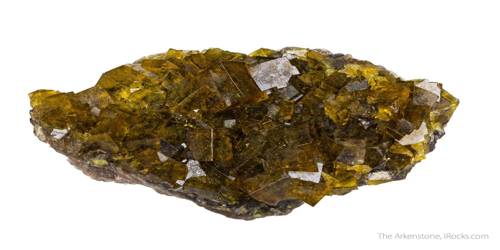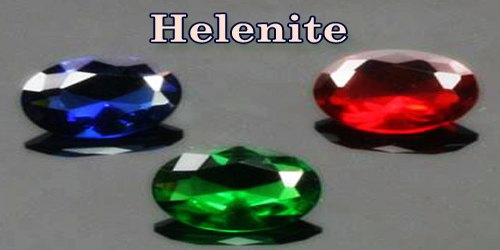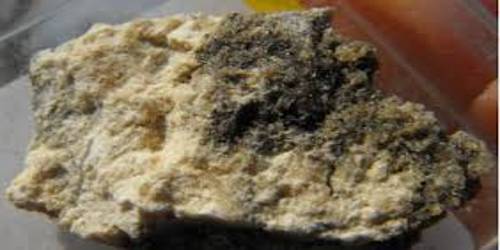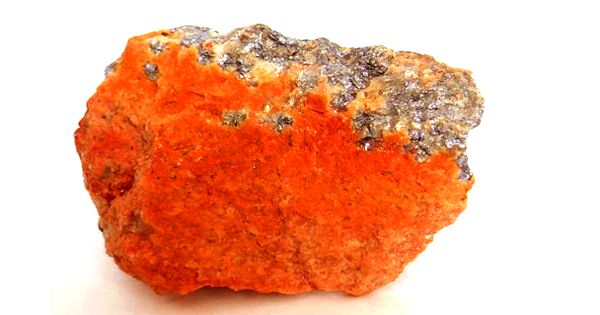Chabazite is a tectosilicate mineral of the zeolite group, closely related to gmelinite, with formula (Ca, Na2, K2, Mg)Al2Si4O12·6H2O. It was named after the Greek word chabazios, which is an ancient word for stone. It belongs to zeolite group. Recognized varieties include Chabazite-Ca, Chabazite-K, Chabazite-Na, and Chabazite-Sr, depending on the prominence of the indicated cation.
Chabazite crystallizes in the triclinic crystal system with typically rhombohedral shaped crystals that are pseudo-cubic.
General Information
- Category: Tectosilicate
- Formula: (Ca,Na2,K2,Mg)Al2Si4O126H2O.
- Crystal system: Trigonal
- Crystal class: Hexagonal scalenohedral 3m
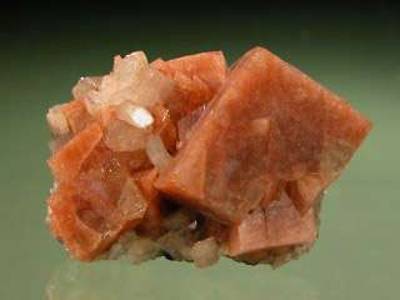
Properties
Chabazite can be identified in the field by its color variations, such as white, pink, red, yellow, and orange. This mineral has a vitreous luster, with a white streak. The crystals are typically twinned, and both contact twinning and penetration twinning may be observed. They may be colorless, white, orange, brown, pink, green, or yellow.
The density of chabazite is 2.035 g/cm3, with a hardness of 4 to 5 Mohs.
- Color: Colorless, white, yellow, pink, red
- Cleavage: distinct/good on {1011}
- Fracture: irregular/uneven
- Mohs scale hardness: 4-5
- Luster: vitreous
- Streak: white
- Diaphaneity: transparent, translucent
- Specific gravity: 2.05 – 2.2
Occurrence
Chabazite occurs most commonly in voids and amygdules in basaltic rocks. It occurs in volcanic rocks as basalts, andesite, and sometimes in limestones and schists, hydrothermally deposited in cavities and joints in ore veins. It also occurs in bedded tuff in lake deposits, altered from volcanic glass.
It is found in India, Iceland, the Faroe Islands, the Giants Causeway in Northern Ireland, Bohemia, Italy, Germany, along the Bay of Fundy in Nova Scotia, Oregon, Arizona, and New Jersey.
Information Source:
